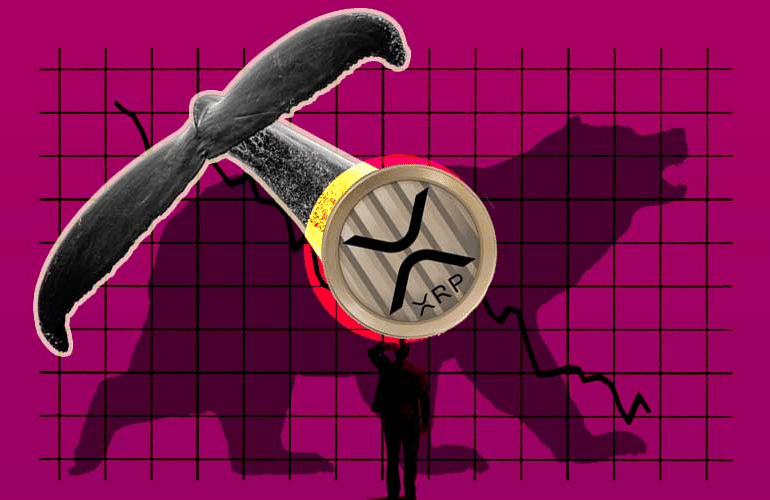Bank of Canada’s 2022 report indicates a decline in Canadian Bitcoin ownership due to increased regulatory scrutiny, with new adopters driven by investment purposes.
Key Points
- Bank of Canada’s 2022 report shows Canadian Bitcoin ownership declined from 13% to 10%, linked to price drop and FTX collapse scrutiny.
- New Bitcoin adopters mainly driven by investment purposes, concentrated among men aged 18-34 with higher income.
- Surprising trend: high financial literacy individuals left crypto market, low income group increased crypto holdings in 2022.
- Despite growing interest, many Canadians still have limited knowledge of Bitcoin’s functionality, Bank of Canada cautious towards cryptocurrency.
The Bank of Canada recently published a report outlining the trends in Canadian crypto ownership in 2022. According to the report, Bitcoin ownership across the country declined from 13% to 10% of the population last year.
This decline coincided with Bitcoin’s significant price drop of over 50% throughout 2022 and increased regulatory scrutiny following the collapse of FTX in November. The ownership of altcoins also decreased during this period. However, it is worth noting that the ownership level remained higher than the 8% observed between 2018 and 2020.
How Canadian #Crypto Ownership Changed on 2022: Bank of Canada
— Bitcoin News (@BitcoinNew42759) July 30, 2023
New Bitcoin Adopters Flock for Investment Purposes
The report highlights that awareness of the term “Bitcoin” has remained stable at around 90% for the past five years. However, recent adopters were more likely to get involved for investment purposes rather than as early adopters.
The report states, “Similar to the results from previous years, ownership remains the highest among men, those between the ages of 18 and 34, university-educated, and those with a household income above $70,000.”
Differing Trends in Financial Literacy and Income
The report also reveals interesting insights regarding financial literacy and income. It suggests that in 2022, individuals with “high financial literacy” appeared to have left the crypto market, while those with low financial literacy did not.
Surprisingly, individuals with incomes below $30,000 per year had more crypto holdings in 2022 compared to the previous year, which contradicts the trend observed among most investors.
Despite the growing interest in cryptocurrencies, many Canadians still have limited knowledge of how Bitcoin works. The bank’s methodology found that 61% of non-Bitcoin owners had low crypto literacy, while 30% of owners displayed high literacy.
Furthermore, a previous survey by the Bank of Canada revealed that investors with both low-level and high-level financial literacy were more likely to buy Bitcoin than those with average literacy.
Closing Thoughts
The Bank of Canada officials have previously dismissed the notion of Bitcoin being an “inflation hedge,” challenging arguments made by the nation’s Conservative leader. The report does not explicitly delve into this perspective, but it is indicative of the cautious stance taken by the bank towards cryptocurrency.
In conclusion, the Bank of Canada’s report on Canadian crypto ownership trends in 2022 reveals a decline in Bitcoin ownership and altcoin ownership. Factors such as the significant price decline of Bitcoin and increased regulatory scrutiny contribute to this decline.
New Bitcoin adopters are primarily driven by investment purposes, and ownership is concentrated among certain demographic groups. Additionally, financial literacy and income seem to have an impact on individuals’ engagement with the crypto market.
Despite the growing interest, there is still a lack of knowledge concerning Bitcoin functionality among Canadians. This report provides valuable insights into the evolving landscape of cryptocurrency ownership in Canada.





